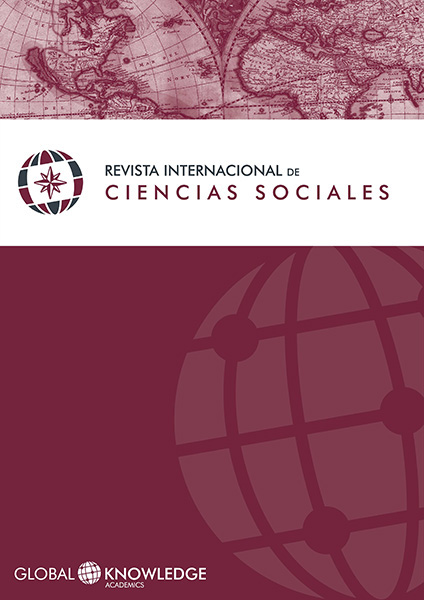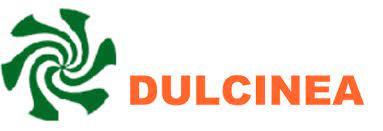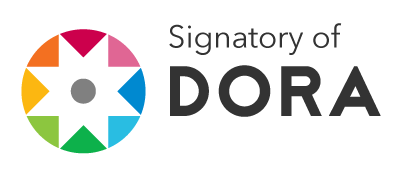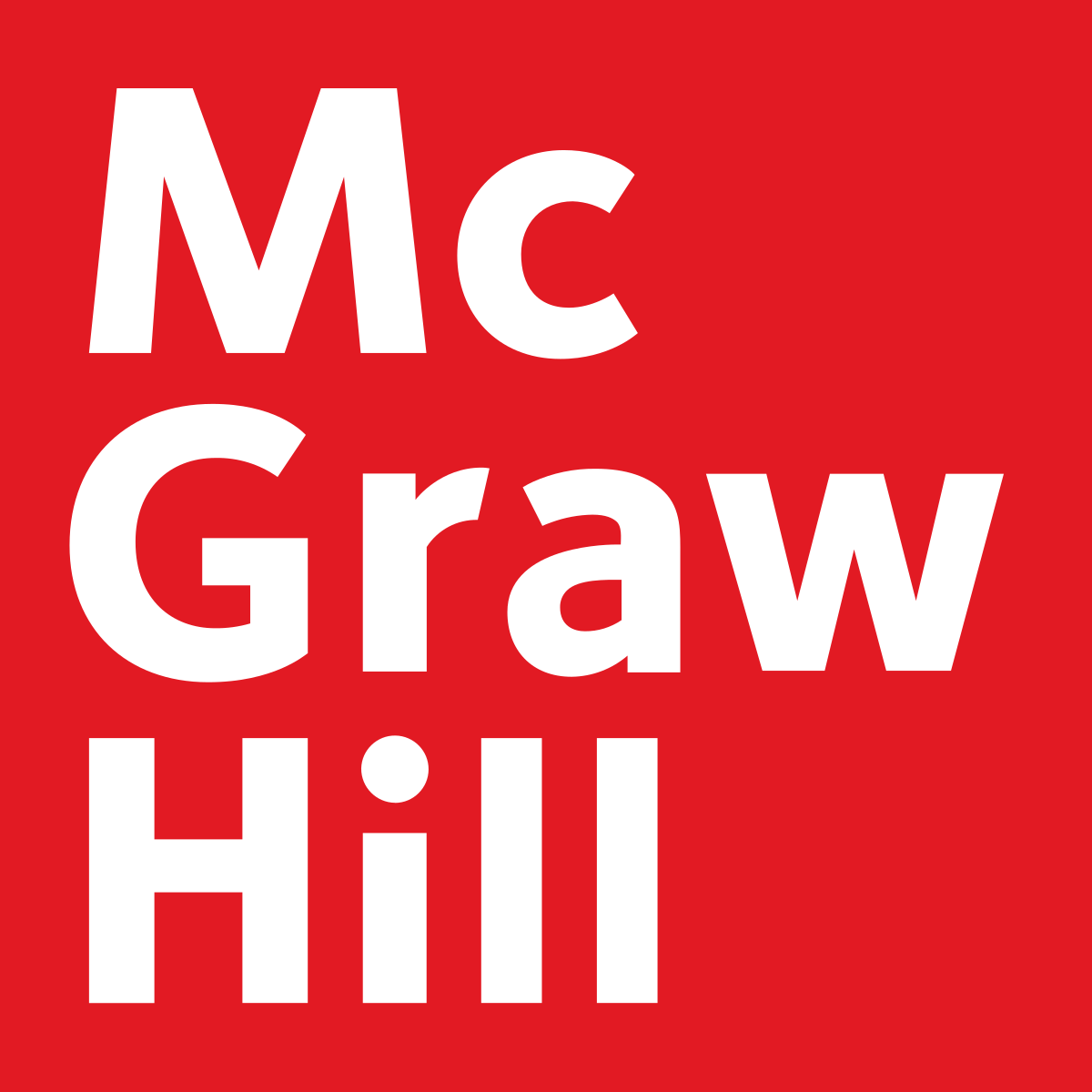The Pollution at Cuenca de Burgos, México by the Gas Extraction
DOI:
https://doi.org/10.37467/gka-revsocial.v4.802Keywords:
Pollution, Cuenca de Burgos, Gas ExtractionAbstract
In this paper I´ll describe how the pollution is attacking Cuenca de Burgos, México. I´ll explain in four points the problem. First I´ll localize geographically the region in the country. Laguna Madre’s characteristics and her ecological and economic importance, it has a deposit of natural gas. Second I´ll determine economic and social conditions at Cuenca de Burgos. Third I´ll relate the pollution in Cuenca de Burgos. The consequently for the habitant and fauna y flora. Mentioning contaminative substances by the gas extraction. Finally I´ll write conclusions and propositions.
Downloads
Global Statistics ℹ️
|
721
Views
|
1625
Downloads
|
|
2346
Total
|
|
References
Arriaga, L., Espinoza, J.M., Aguilar, C., Martínez, E., Gómez, L. y Loa, E. (coordinadores). (2000). Regiones terrestres prioritarias de México, 83. Ciudad de México: Editorial Comisión Nacional para el Conocimiento y uso de la Biodiversidad. Disponible en: http://www.conabio.gob.mx/conocimiento/regionalizacion/doctos/rtp_083.pdf
Corral, M. (24 de junio de 2013). Agua contaminada en los pozos cercanos al 'fracking'. El Mundo. Disponible en: http://www.elmundo.es/elmundo/2013/06/24/natura/1372100235.html
Estrada, J. (2013). Desarrollo del gas Lutita (shale gas) y su impacto en el mercado energético de México. Reflexiones para Centroamérica . Santiago de Chile: Naciones Unidas. Disponible en: http://www.cepal.org/publicaciones/xml/8/51438/desarrollodelgaslutita.pdf
Flores Dávila, A. (2014). Cuenca de Burgos beneficio para pocos. Manufactura. Disponible en: http://www.vanguardia.com.mx/cuencadeburgosbeneficioparapocos-1999831.html
Informe Tyndall Centre. (2011). Gas de pizarra: una evaluación provisional de su impacto en el medio ambiente y el cambio climático. Universidad de Manchester. Estados Unidos. Enero. Disponible en: http://fracturahidraulicano.files.wordpress.com/2011/07/resumenejecutivo-tyndall-centre.pdf
Inhabitat (2011). El gas natural también produce contaminación. Renovables verdes. Disponible en: http://www.renovablesverdes.com/el-gas-natural-tambien-produce-contaminacion/
Martins, A. (2013). 7 temores sobre el fracking: ¿ciencia o ficción?, en BBC Mundo . 30 de octubre. Dirección electrónica: http://www.bbc.co.uk/mundo/noticias/2013/10/130905_ciencia_especial_fracking_dudas_am
Meza, J. (2010). Cuenca de Burgos: riqueza abajo, miseria arriba. Contralínea, 1º de junio. Disponible en: http://contralinea.info/archivo-revista/index.php/2010/06/01/cuenca-de-burgosriqueza-abajo-miseria-arriba/
Partidoequo.es. (2014). Lo que le espera a un país con el fracking: el caso de España. La Jornada. Disponible en: http://www.jornada.unam.mx/2014/06/02/eco-e.html
Peña, G. (2012). El proyecto más productivo de gas no asociado. Empleos petroleros . Disponible en: http://empleospetroleros.org/2012/01/15/la-cuenca-de-burgos-el-proyecto-masproductivo-de-gas-no-asociado/
Valerio, M. (2014). Los peligros del fracking para la salud. La Jornada . Disponible en: http://www.jornada.unam.mx/2014/06/02/eco-g.htm
Downloads
Published
How to Cite
Issue
Section
License
Those authors who publish in this journal accept the following terms:
-
Authors retain copyright.
-
Authors transfer to the journal the right of first publication. The journal also owns the publishing rights.
-
All published contents are governed by an Attribution-NoDerivatives 4.0 International License.
Access the informative version and legal text of the license. By virtue of this, third parties are allowed to use what is published as long as they mention the authorship of the work and the first publication in this journal. If you transform the material, you may not distribute the modified work. -
Authors may make other independent and additional contractual arrangements for non-exclusive distribution of the version of the article published in this journal (e.g., inclusion in an institutional repository or publication in a book) as long as they clearly indicate that the work was first published in this journal.
- Authors are allowed and recommended to publish their work on the Internet (for example on institutional and personal websites), following the publication of, and referencing the journal, as this could lead to constructive exchanges and a more extensive and quick circulation of published works (see The Effect of Open Access).













